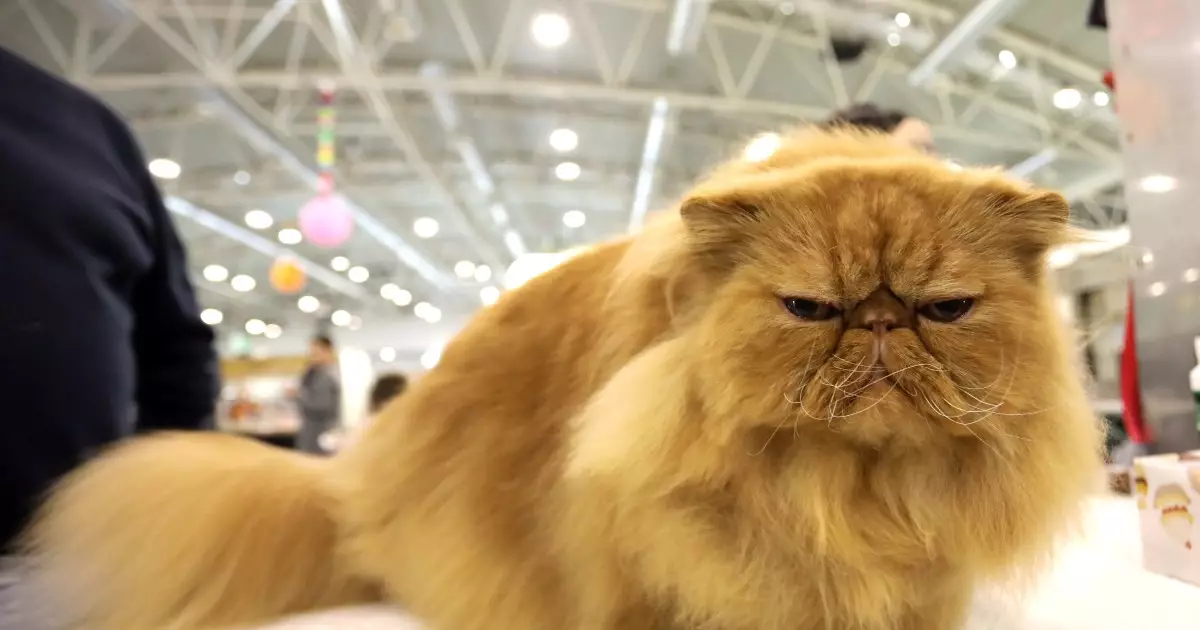Cats have been beloved companions and intriguing characters throughout history, but their quirky charm continues to resonate in modern pop culture, especially in advertising. Over the last few decades, we’ve witnessed a distinctive trend where cats take center stage in commercials. These clever, often humorous representations do not merely reflect their popularity; they cleverly manipulate our emotions and associations with these endearing pets. Through a careful consideration of various notable advertisements, we can delve deeper into the successful formula behind cat-centric marketing.
When it comes to selling products, cats seem to embody a unique appeal. Their aloofness, unpredictable behaviors, and undeniable cuteness can charm even the most skeptical viewers. This lovable mix captures our imagination and often evokes nostalgic associations, making cats the perfect marketing mascots. By invoking the essence of feline personality, advertisers tap into a wide range of human emotions — from humor to warmth — making their products more relatable and engaging.
For example, the Chevrolet Silverado ad featuring a playful brown tabby named Walter exemplifies this concept. In this memorable commercial, Walter’s antics, including chilling with tennis balls and fetching sticks, steal the show. The portrayal of Walter not only draws viewers’ attention away from the truck but also creates a vivid imagery around the idea of playfulness, linking the Silverado to fun and adventure. It ingeniously underscores the versatility of both the cat and the truck in a way that feels personal, relatable, and notably entertaining.
A significant number of successful advertisements featuring cats rely on humor to make an impact. One shining example is the Cravendale ad titled “Cats with Thumbs.” By leveraging the absurdity of cats possessing opposable thumbs to orchestrate a heist for milk, the commercial became an instant classic. Its comedic elements resonated with viewers, turning an everyday product into an exciting visual narrative, ultimately resulting in widespread acclaim.
This humorous approach doesn’t just generate laughs; it taps into our shared understanding of cat behaviors and the sometimes absurd relationships we cultivate with them. Humor, allied with an emotional tie — such as the bond between pet and owner plundered for comedic effect — renders advertisements memorable and sharable, amplifying their reach across audiences.
Advertisements often serve as a reflection of societal trends and cultural sentiments. Cats have transcended their roles as mere household pets and have evolved into cultural icons, frequently appearing in popular media—ranging from Taylor Swift’s quirky commercial featuring her beloved cats to the introspective O2 ad that metaphorically explores the meaning of life and individuality through a cat contemplating its identity.
In the case of the O2 advertisement, the lazy cat’s existential crisis cleverly encapsulates a broader narrative that many viewers can relate to, prompting them to reconsider their own perceptions. Through its portrayal, the ad conveys a message of embracing change, all while intertwining a humorous aspect, demonstrating how cats can epitomize both wit and profundity.
The variety of storytelling approaches in cat-centric commercials is striking. From the gripping narrative of the Toyota New Zealand commercial, which presents a tense and emotional storyline of a Persian cat facing turmoil, to the light-hearted antics showcased in the Ameriquest Mortgage ad—each tells a story that resonates with pet lovers. Such depth in storytelling turns a simple commercial into a memorable experience, inviting viewers to connect with the content on a more personal level.
Furthermore, the effective use of music, sound effects, and character development—like the grumpy cats in Taylor Swift’s DirecTV ad—adds additional layers to these narratives, ensuring that feline protagonists are not just comedic relief but central figures to the story being told.
As cats continue to flex their claws on our screens, their role in advertising is likely to expand, proving that their charm is far from fleeting. The blend of humor, relatability, and emotional resonance renders these advertisements effective and timeless. The furry companions not only enrich our lives at home but also significantly enhance brand storytelling, creating a lasting legacy that will continue captivating audiences for years to come.
The integration of cats into advertising highlights a broader cultural phenomenon where humor, emotion, and shareability converge to create lasting impressions. As long as felines hold a cherished place in our hearts, their presence in commercial spaces will remain a key component in the intricate dance of marketing.


Leave a Reply